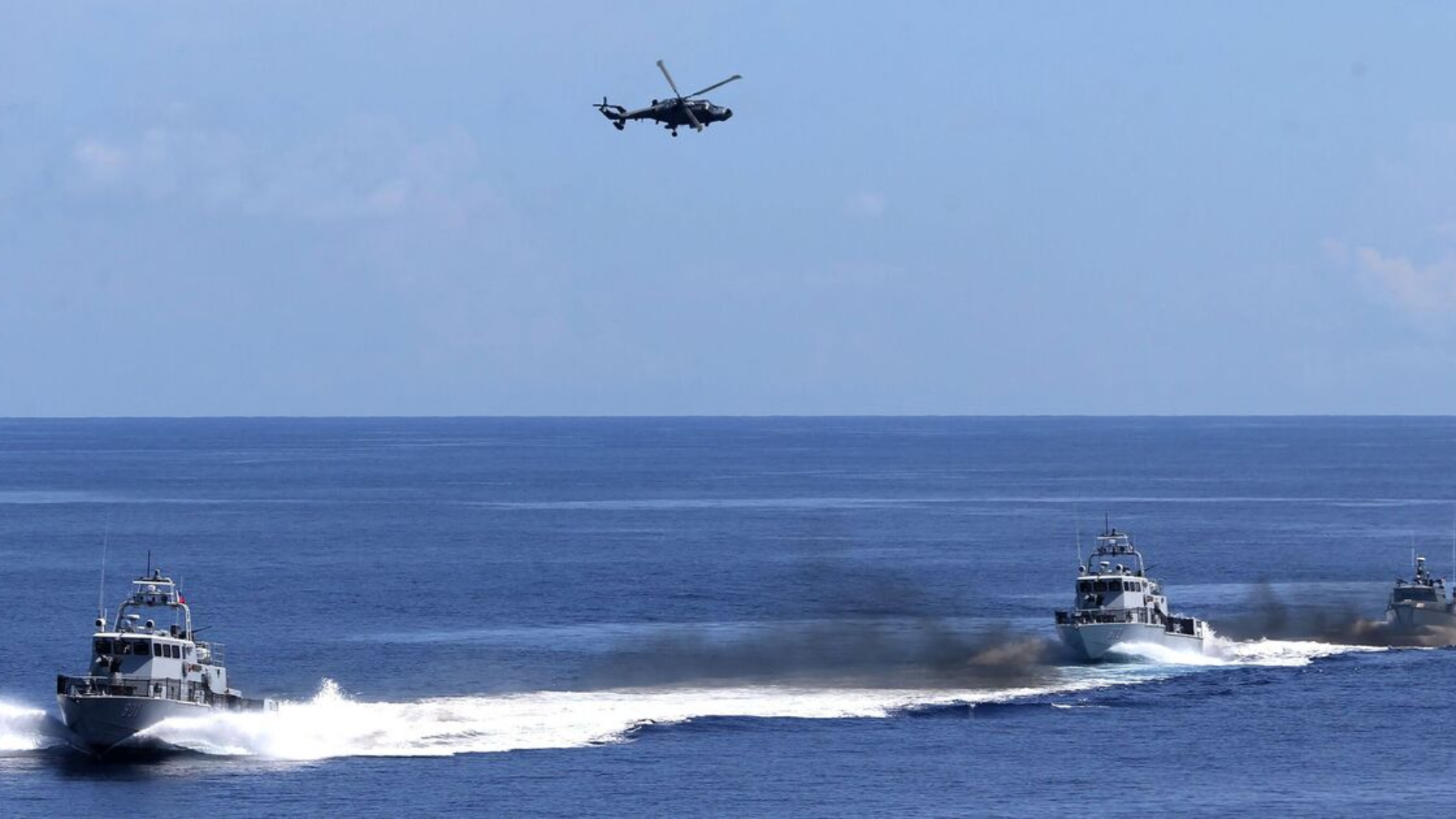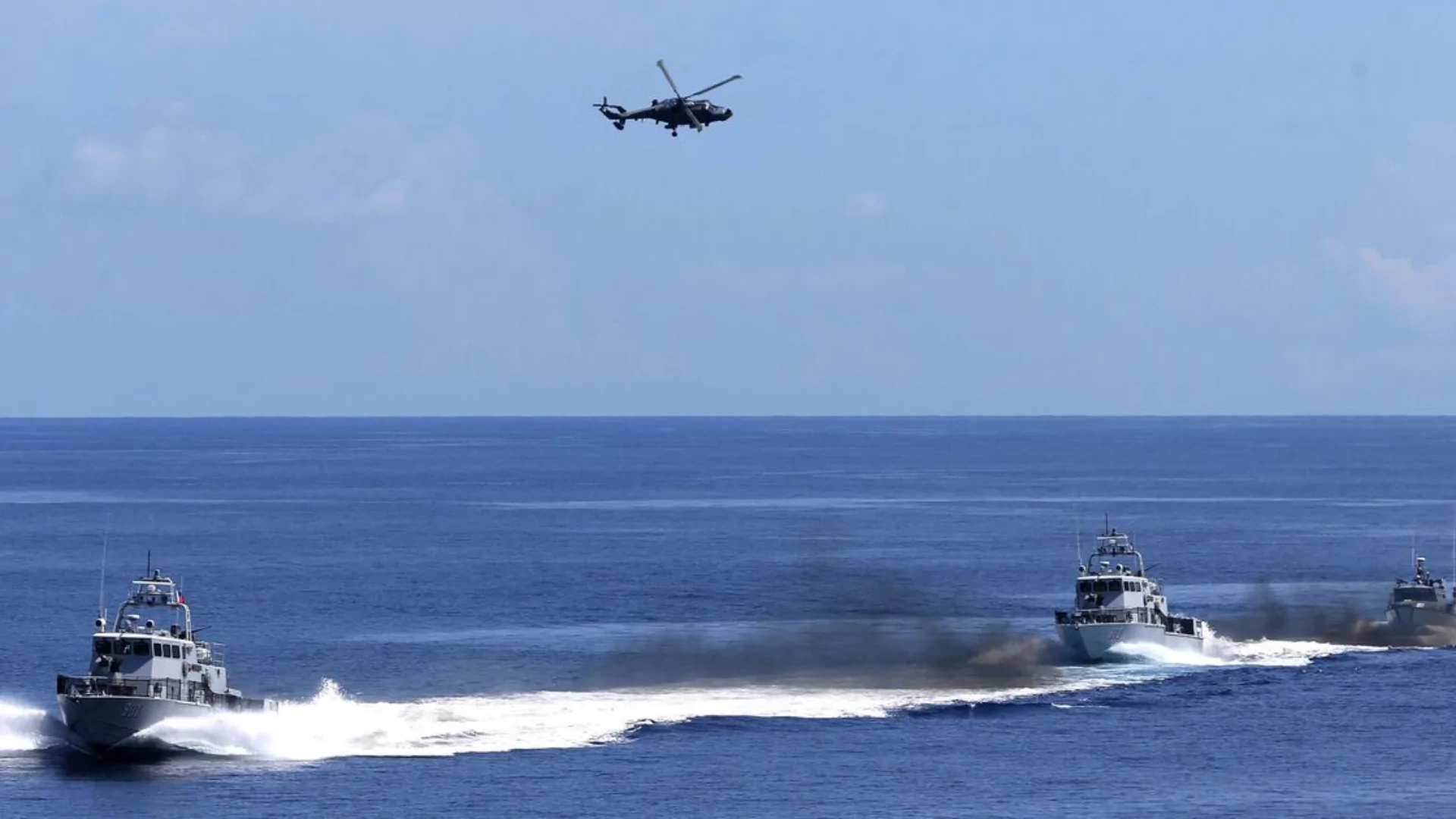

photo 6
The Philippines, along with its partners, will be in action if China attempts to create any air defense identification zone or restrictions on flights above the South China Sea. This has been reiterated by Defense Secretary Gilberto Teodoro on Wednesday with the backdrop of a series of harrowing encounters by Chinese aircraft, the Philippine Air Force, the United States and even Australia.
https://x.com/NHCPOfficial/status/1895399180224671749
Teodoro claimed that the increasing aggressiveness of China in the contested waters was the greatest threat to national security that the Philippines had to contend with, and not just nationally but globally as well because these waters are the most strategic trade route in the world and any disruption would have implications to supply chains even outside Asia.
“The greatest external threat is China’s aggression and expansionism,” Teodoro said. “They’re trying to change international law through force and reshape the world order toward their advantage.”
The competition is ever rife in the South China Sea, which is long known to be a regional hotspot in territorial disputes. While states such as the Philippines, Vietnam, Malaysia, Brunei, and Taiwan have competing claims with China, China claims the whole area as its own. The last two years have witnessed a steep surge in confrontations between the Chinese and Philippine coast guards and navies.
Most troubling is the tendency for Chinese military aircraft launching warning flares then swooping dangerously low near patrol planes from the United States, Australia, and the Philippines. This development has raised new alarms about safety as well as regional stability.
Teodoro explains that defense officials have discussed with him “the possibility” of declaring that China might stake an Air Defense Identification Zone (ADIZ) over the South China Sea, stopping unauthorized aircraft from flying there. If this happens, Teodoro says, the Philippines would not be mute.
“That will be a very serious violation of international law, and we will respond,” he said. “We are prepared to take action both independently and with our allies.” He didn’t specify their planned measures, however.
Increased tensions in the region. Last month, a Chinese navy helicopter passed just 10 feet (3 meters) away from a Philippine patrol aircraft near Scarborough Shoal. The Filipino pilot urgently warned the Chinese aircraft: “You are flying too close; you are very dangerous.”
A journalist from The Associated Press, along with other media personnel, witnessed for 30 minutes as a Philippine plane continued its patrol while the Chinese helicopter circled ominously in close proximity.
China insisted that its action was in defense of an “illegal entry into the airspace” of what it calls Huangyan Island and protested Australia’s complaint about a Chinese J-16 fighter jet firing flares near an Australian surveillance plane close enough to hit it.
Similar dangerous encounters between U.S. military aircraft and Chinese aircraft have been claimed, as America continues to assert freedom of navigation missions for the region.
It is not the first time that China has tried to impose its will upon an airspace it claims for itself. Back in 2013, Beijing announced that it had created an ADIZ over the East China Sea, covering even above islands claimed by both China and Japan. China has demanded that all aircraft give notice to its authorities before entering that zone. The like of Japan, the U.S., Australia, and South Korea did not heed such rules.
The aggressive actions of China seem to pull much closer neighboring countries, hence forming a powerful alliance: Philippines, the US, Japan and Australia. They almost got nearer to forge a wider coalition in the future to confront China’s influence.
China accuses those countries of “ganging up” against it; they are the disturbing forces for any peace and harmony in the region. But, Teodoro believes otherwise.
“Nations are coming together today because of what China does,” he noted. “Their actions are unacceptable to most countries in the Indo-Pacific.”
Though there were reservations about whether the U.S. security support would change under former President Donald Trump, Teodoro is very optimistic of the Philippines’ alliance with the U.S.
“Philippines has a unique and long relationship with the United States,” he said. “Our alliance has weathered the test of time.”
And while tensions mount, the world’s eyes are watching closely to see what emerges in the high-stakes game going on in the South China Sea.
In a unique melding of old spirituality with new technology, Johor's Tianhou Temple claims to have the first-ever Mazu statue…
Former DIA member Somyi is returning to the hallowed halls of K-Pop following legal troubles and a bitter stint in…
Cebu pride Anton “The Dragon” Raga gave an impressive performance on Sunday night dominating the Sharks Billiards Association (SBA) Philippine…
At ASEAN Headquarters in Jakarta, Dr. Kao Kim Hourn welcomed Professor Nobuhiro Aizawa the dean of Economic Research Institute for…
Mao Saigo etched history on Sunday by winning the Chevron Championship after overcoming a thrilling five-player playoff to become the…
K-Dramas have become a household name around the world in the past two or more decades-from Asia to the Americas,…
This website uses cookies.
Read More